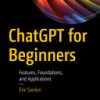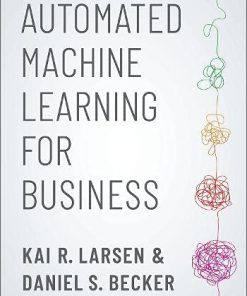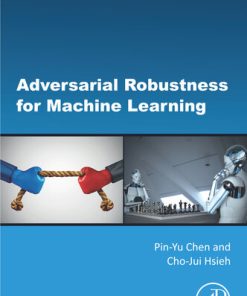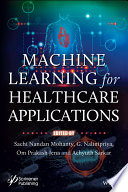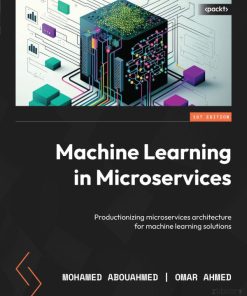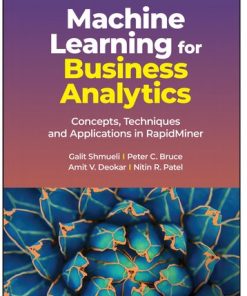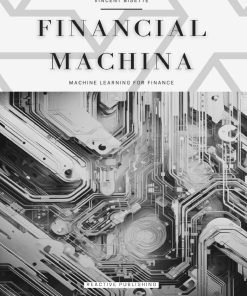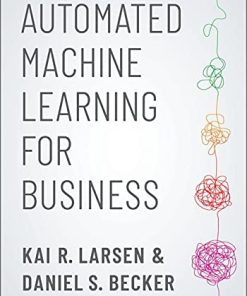Automated Machine Learning for Business
$50.00 Original price was: $50.00.$25.00Current price is: $25.00.
Automated Machine Learning for Business – Ebook Instant Download/Delivery ISBN(s): 9780190941659,0190941650,9780190941680, 0190941685
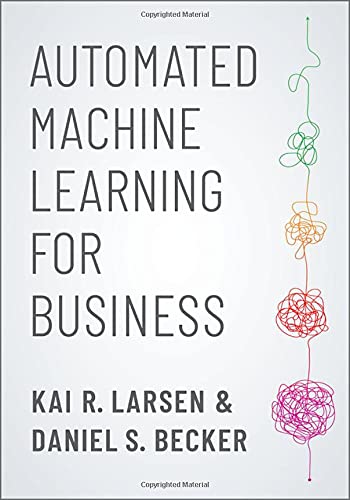
Product detail:
- ISBN 10: 0190941685
- ISBN 13: 9780190941680
- Author: Kai R. Larsen, Daniel S. Becker
Teaches the machine learning process for business students and professionals using automated machine learning, a new development in data science that requires only a few weeks to learn instead of years of trainingThough the concept of computers learning to solve a problem may still conjure thoughts of futuristic artificial intelligence, the reality is that machine learning algorithms now exist within most major software, including Websites and even word processors. These algorithms are transforming society in the most radical way since the Industrial Revolution, primarily through automating tasks such as deciding which users to advertise to, which machines are likely to break down, and which stock to buy and sell. While this work no longer always requires advanced technical expertise, it is crucial that practitioners and students alike understand the world of machine learning. In this book, Kai R. Larsen and Daniel S. Becker teach the machine learning process using a new development in data science: automated machine learning (AutoML). AutoML, when implemented properly, makes machine learning accessible by removing the need for years of experience in the most arcane aspects of data science, such as math, statistics, and computer science. Larsen and Becker demonstrate how anyone trained in the use of AutoML can use it to test their ideas and support the quality of those ideas during presentations to management and stakeholder groups. Because the requisite investment is a few weeks rather than a few years of training, these tools will likely become a core component of undergraduate and graduate programs alike. With first-hand examples from the industry-leading DataRobot platform, Automated Machine Learning for Business provides a clear overview of the process and engages with essential tools for the future of data science.
Table of contents:
- Section I: Why Use Automated Machine Learning?
- Section II: Defining Project Objectives
- Section III: Acquire and Integrate Data
- Section IV: Model Data
- Section V: Interpret and Communicate
- Section VI: Implement, Document and Maintain
People also search:
You may also like…
Computers - Artificial Intelligence (AI)
Uncategorized
Computers - Artificial Intelligence (AI)
Computers - Artificial Intelligence (AI)
Business & Economics - Professional Finance
Computers - Artificial Intelligence (AI)


